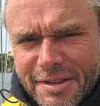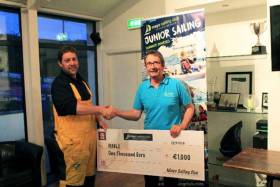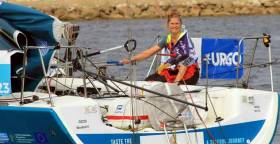
Alex Blackwell
Alex Blackwell is a sailing journalist, author, and editor. He frequently writes about sailing technology and sailing adventures, contributing to several magazines, websites and e-zines, including his own, Coastalboating.net.


Mayo Sailing Club Upgrades Weather Station for More Accurate Forecasting on Wild Atlantic Way
12th October 2018 Weather
Solo Sailor Joan Mulloy To Tell of Figaro Experience at Mayo Sailing Club
27th September 2018 Solo Sailing




























































